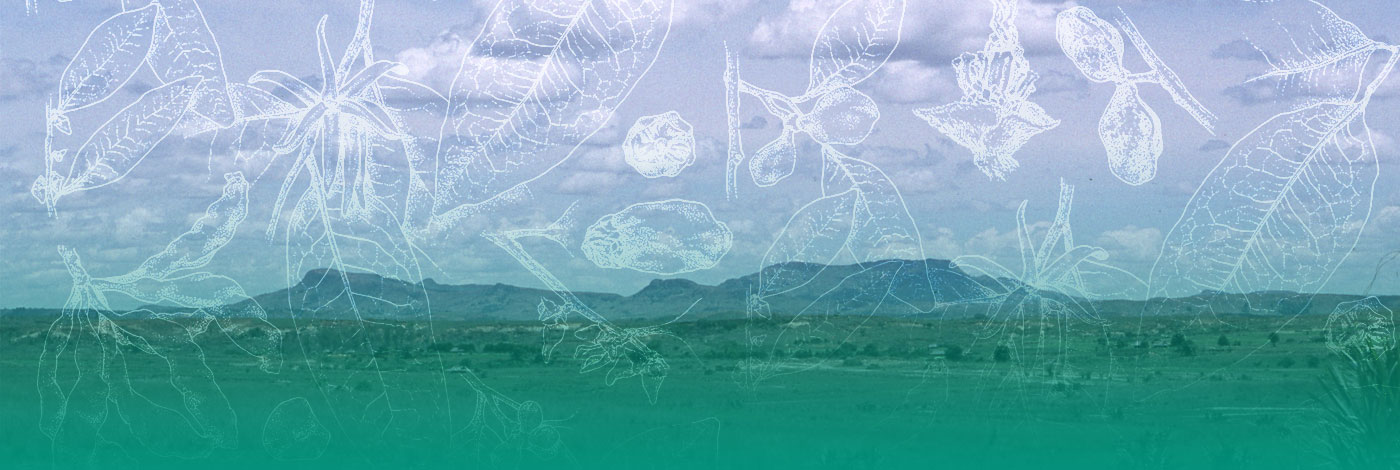

 Adansonia
46 (18) - Pages 173-185
Adansonia
46 (18) - Pages 173-185Herbarium specimens provide an important and central resource for biodiversity research. Making these records digitally available to end-users represents numerous challenges, in particular, transcribing metadata associated with specimen labels. In this study, we used the citizen science initiative ‘Les Herbonautes’ and the Récolnat network to transcribe specific data from all herbarium specimen labels stored at the Muséum national d’Histoire naturelle in Paris of the large tropical plant family Annonaceae. We compared this database with publicly available global biodiversity repository data and expert checklists. We investigated spatial and taxonomic advances in data availability at the global and country scales. A total of 20 738 specimens were transcribed over the course of more than two years contributing to and significantly extending the previously available specimen and species data for Annonaceae worldwide. We show that several regions, mainly in Africa and South East Asia not covered by online global datasets, are uniquely available in the P herbarium, probably linked to past history of the museum’s botanical exploration. While acknowledging the challenges faced during the transcription of historic specimens by citizen scientists, this study highlights the positive impact of adding records to global datasets both in space and time. This is illustrative for researchers, collection managers, policy makers as well as funders. These datasets will be valuable for numerous future studies in biodiversity research, including ecology, evolution, conservation and climate change science.
Annonaceae, participatory transcription, GBIF, conservation, ecology, Madagascar